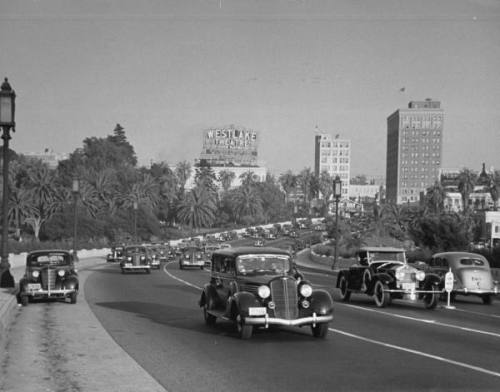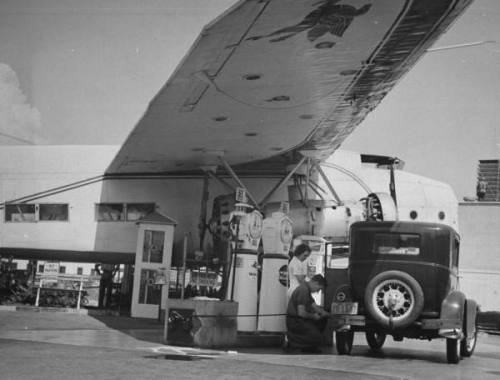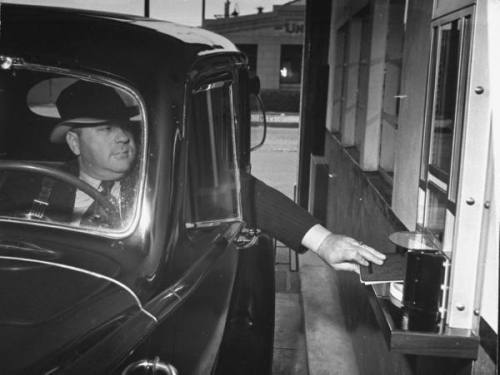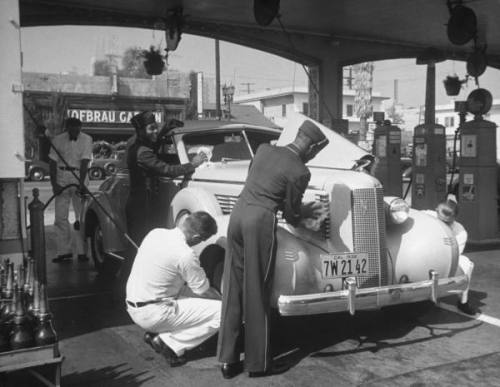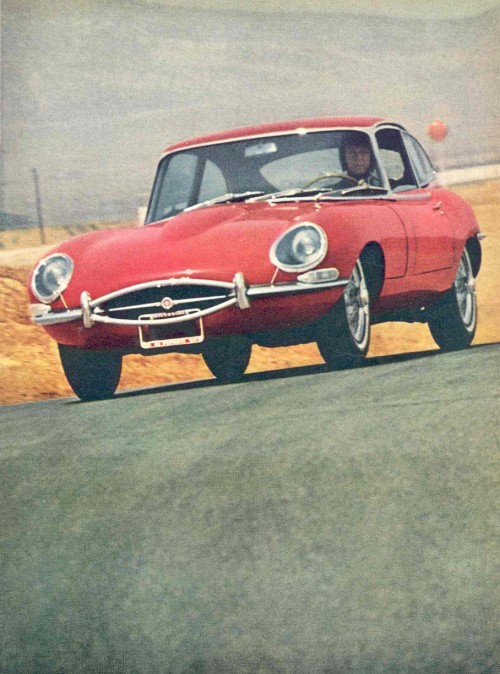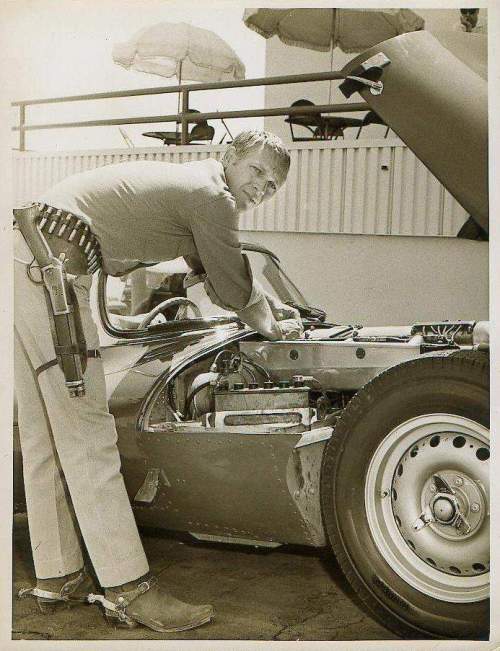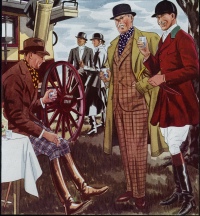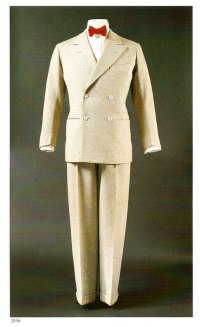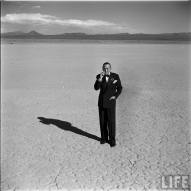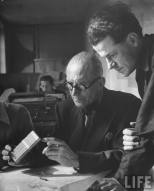*
“America is a country that doesn’t know where it is going but is determined to set a speed record getting there.”
*
–Laurence J. Peter
~*~
*
*
Circa 1940, Daytona Beach, FL — Postcard showing the famous speed record autos (from top) the Jim White Triplex, Major Henry Segrave’s Mystery S (Sunbeam, also called “The Slug”) & Golden Arrow, and Donald Malcolm Campbell’s Bluebird IV & Bluebird V. — Image by © Lake County Museum/CORBIS
*
*
Circa 1927, Daytona Beach, FL — “THE MYSTERY S.” WORLD RECORD CAR. (207 MILES PER HOUR), DAYTONA BEACH, FLA. — Image by © Lake County Museum/CORBIS
*
*
Circa 1927, Daytona Beach, FL — MAJOR SEGRAVE DRIVING WORLD RECORD CAR MAKES 207 MI. PER HOUR, DAYTONA BEACH, FLA. MAR. 29, 1927 — Image by © Lake County Museum/CORBIS
*
*
Circa 1929, Daytona Beach, FL — THE “GOLDEN ARROW,” WORLD’S FASTEST CAR (231 MI. PER HOUR), DAYTONA BEACH, FLA. — Image by © Lake County Museum/CORBIS
*
*
Circa 1935, Daytona Beach, FL — D-139. BLUEBIRD DRIVEN TO A WORLD’S SPEED RECORD BY SIR MALCOLM CAMPBELL, DAYTONA BEACH, FLA. DAYTONA BEACH, FLA. The great beach constitutes the most unique drive in the world. From above Ormond Beach to the Inlet it is a “tide packed pavement”, 500 feet wide and over 33 miles in length. It is unbelievably smooth and directly at sea level. Thousands visit Daytona Beach just for the breathtaking thrill of a spin down the length of this greatest of all speedways. The International Speed Trials are a great feature of the Winter seasons. — Image by © Lake County Museum/CORBIS
*
*
More HERE





